Mixtiles Blog
Your go-to guide for creating stunning wall art

Corner Gallery Wall: Style Your Space with No Nails
Transform your corners with a renter-friendly gallery wall! Learn tips for planning and styling using Mixtiles adhesive frame...
Read more

Canvas Art & Prints
Canvas Halloween Painting Ideas: Spook-tacular Fun Awaits

Canvas Art & Prints
Mother's Day Canvas Craft: Create Heartfelt Keepsakes
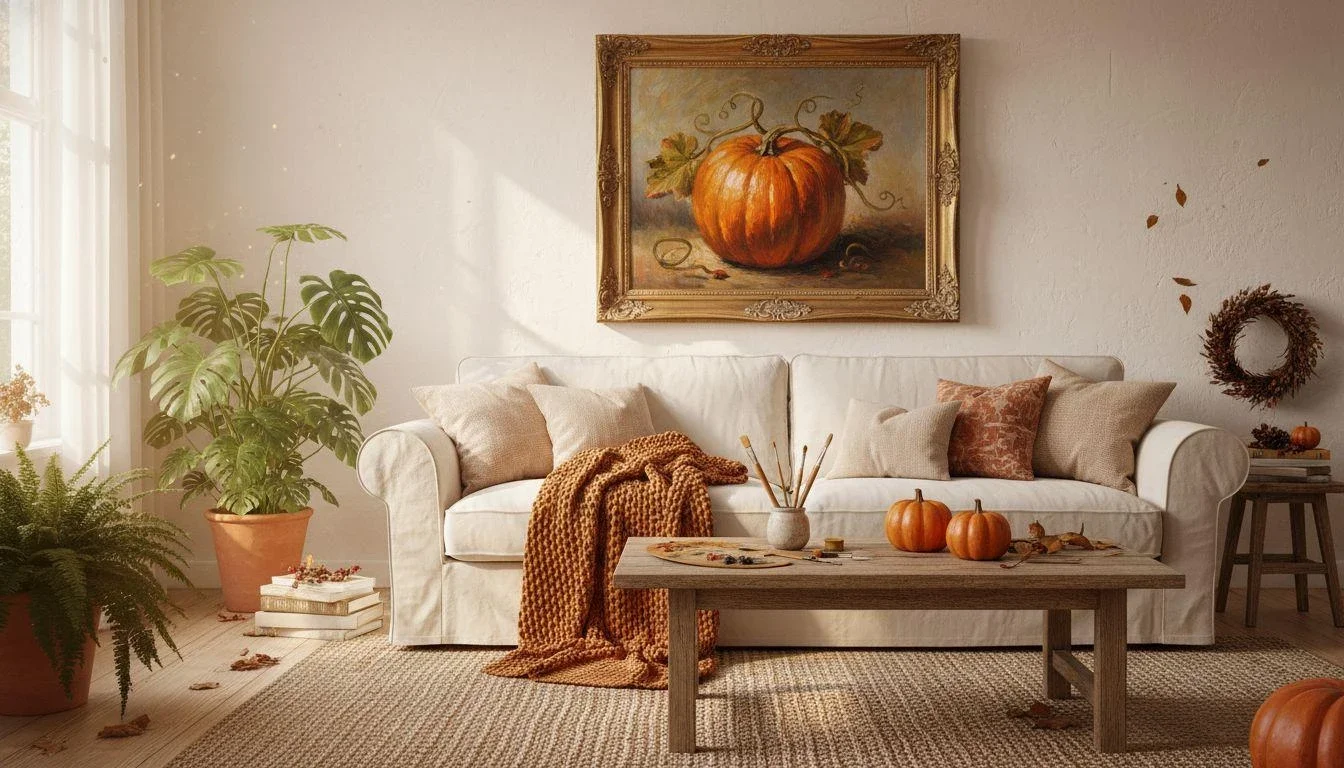
Canvas Art & Prints
Pumpkin Painting Canvas: Easy Ideas for Fall Decor
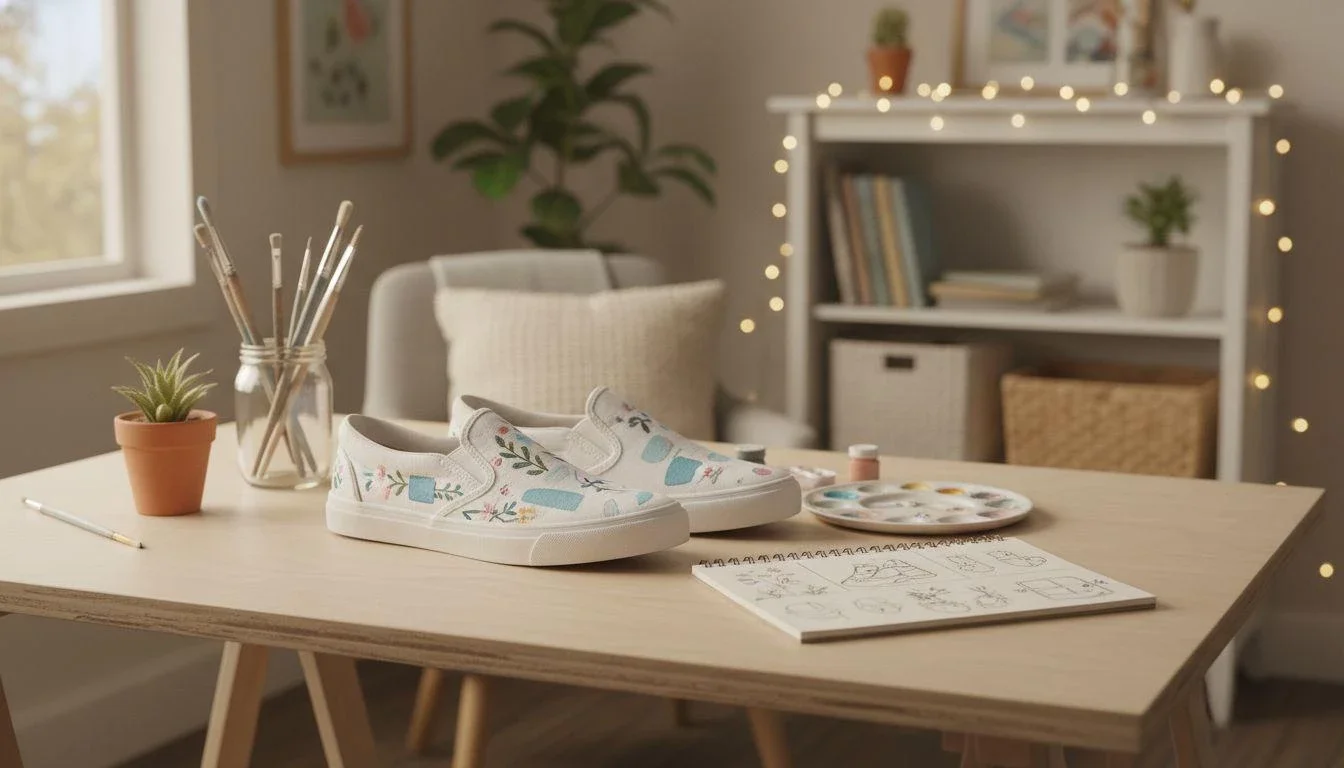
Canvas Art & Prints
Canvas Shoe Painting Ideas: 25 Creative Designs to Try

Canvas Art & Prints
2 Canvas Painting Ideas: Create Stunning Diptychs Today

Canvas Art & Prints
Acrylic Canvas Painting Ideas: Easy Projects to Try
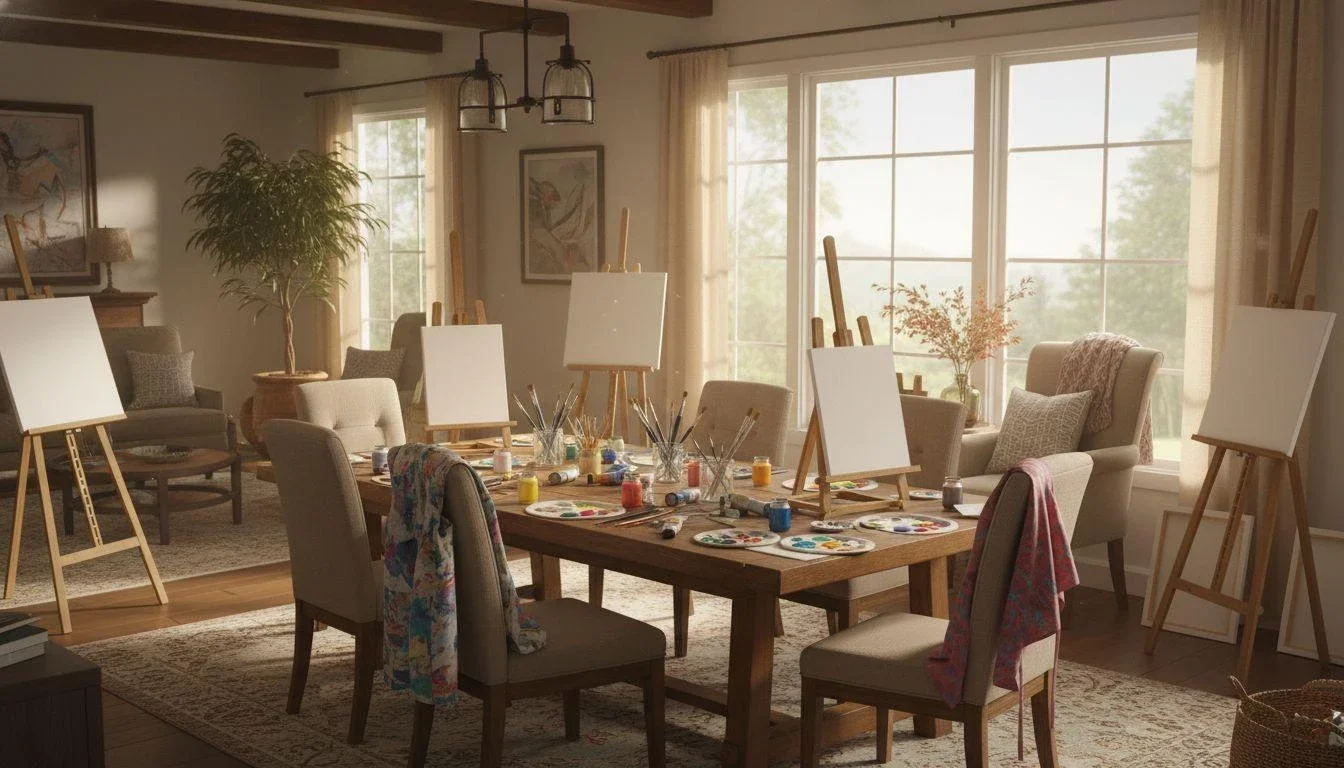
Canvas Art & Prints
Canvas Painting Party Ideas: Host a Fun Night In

Canvas Art & Prints
Yarn Canvas Art: Easy DIY Ideas for Stunning Decor
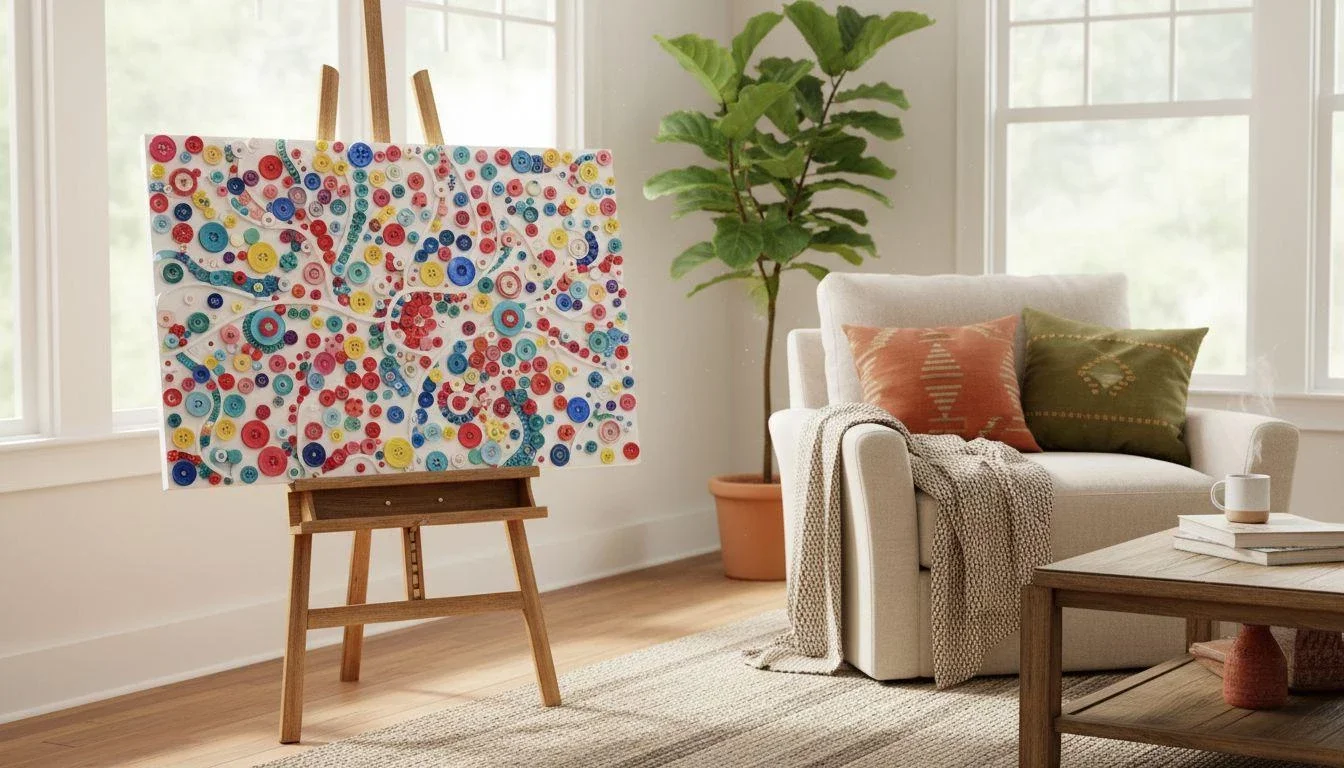
Canvas Art & Prints
Button Art on Canvas: Easy DIY Ideas & Tips

Canvas Art & Prints
Couple Canvas Painting Ideas: Fun & Romantic Projects
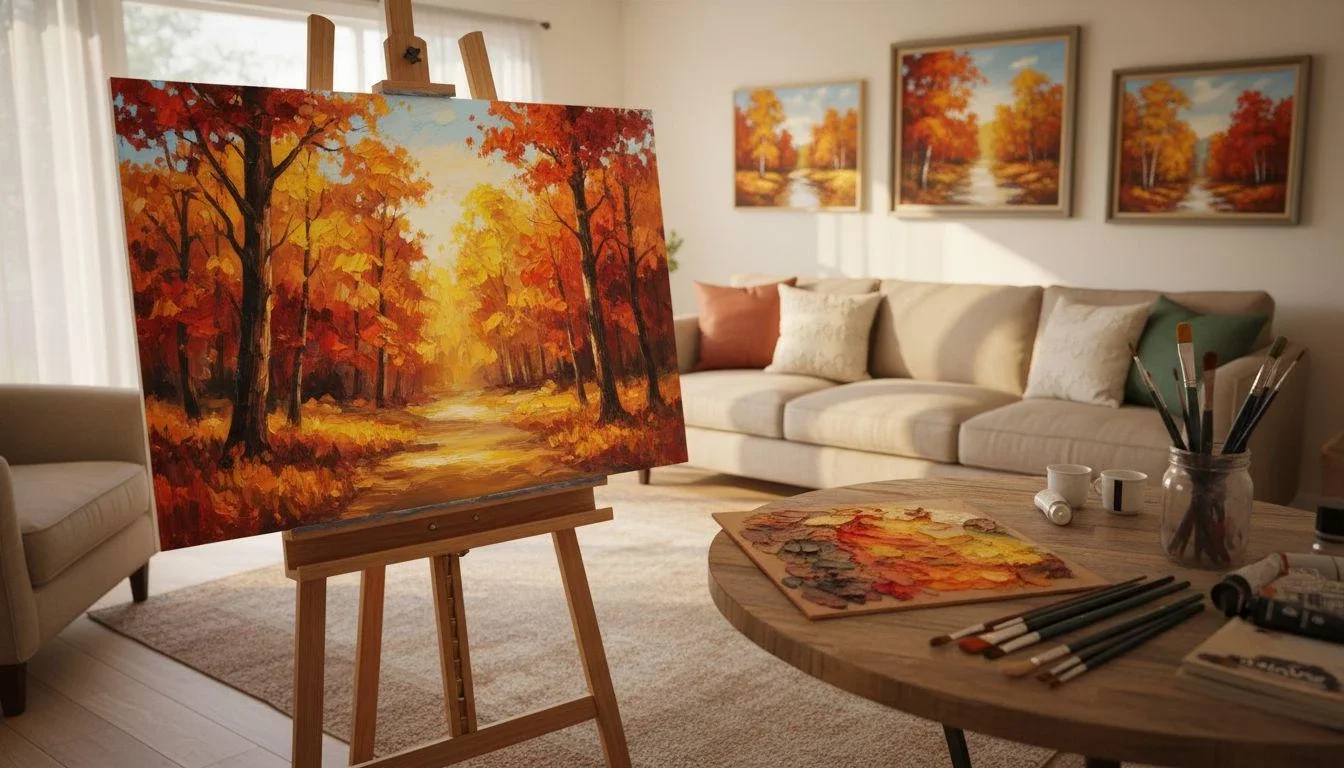
Canvas Art & Prints
Fall Canvas Painting Ideas: Create Cozy Art This Autumn

Canvas Art & Prints
Split Canvas Prints Ideas: 27 Creative Layouts to Try
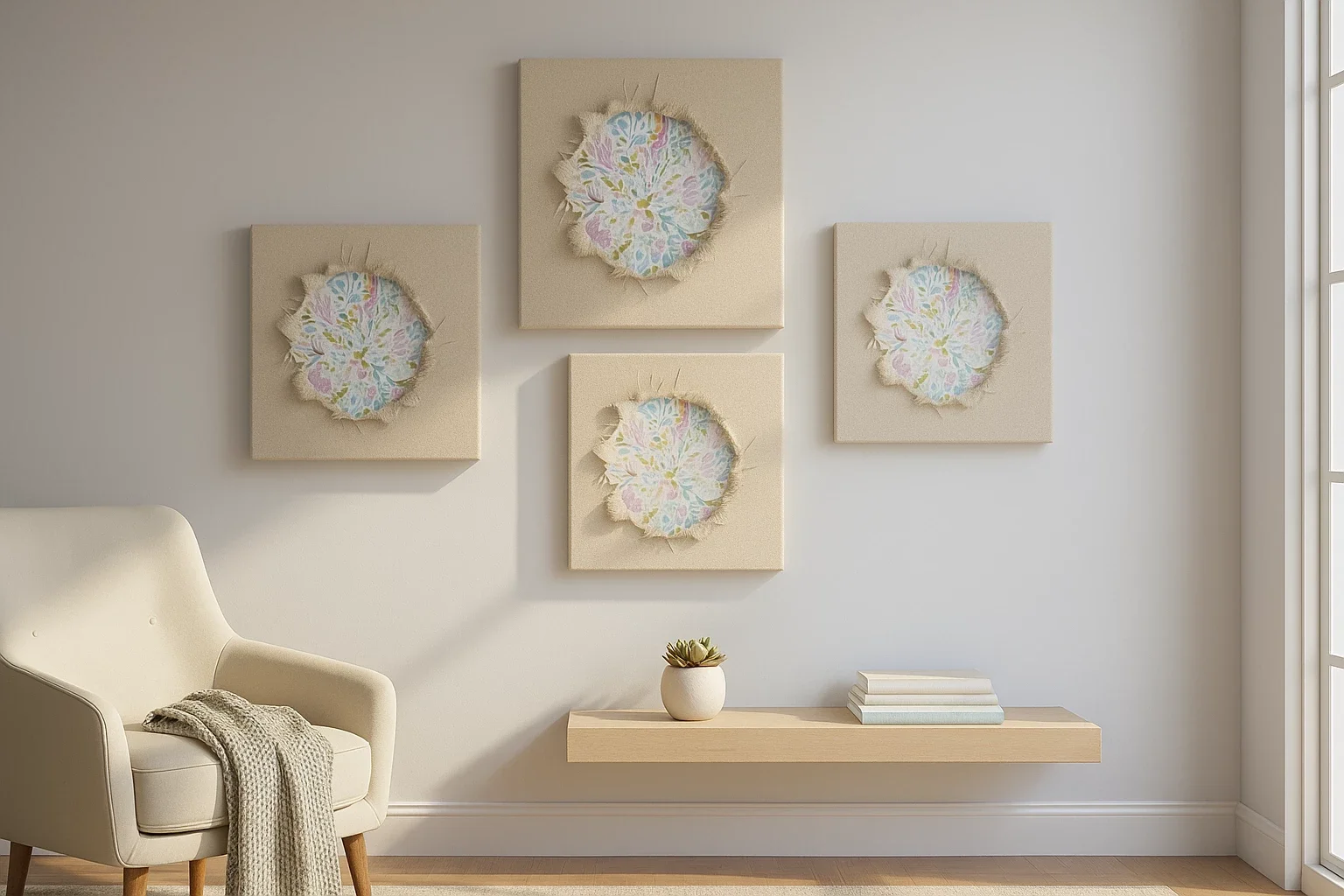
Canvas Art & Prints
Busted Canvas: Create Stunning Wall Art with Ease

Canvas Art & Prints
Black Canvas Art: Style, Hang, and Transform Your Space

Canvas Art & Prints
Black Canvas Painting: Tips for Stunning Wall Art

Canvas Art & Prints
Things to Paint on a Canvas: 100+ Easy Ideas to Try

Canvas Art & Prints
Best Canvas Prints Ideas: Transform Your Walls Today

Canvas Art & Prints
Canvas Bag Painting Ideas: Easy Designs & Pro Tips

Canvas Art & Prints
Mini Canvas Art Ideas: Creative Projects to Try
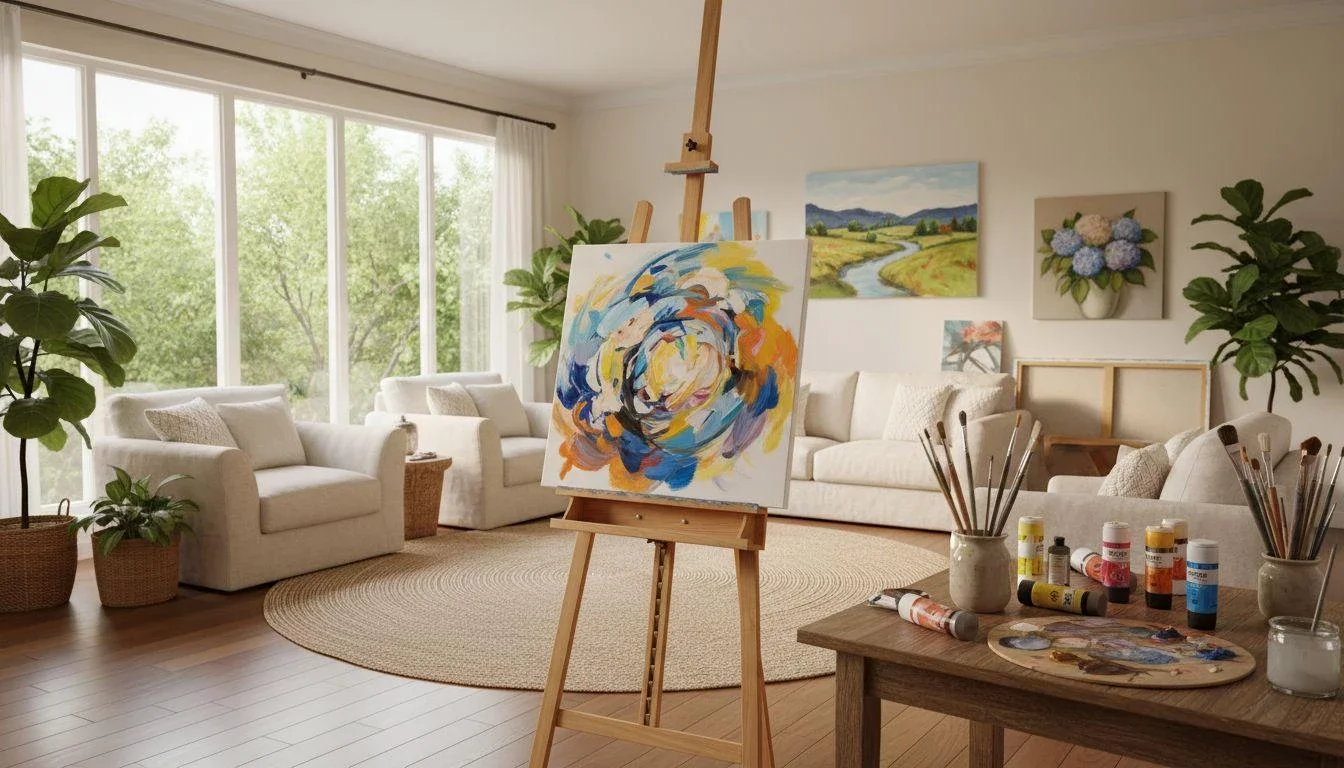
Canvas Art & Prints
Canvas Painting Ideas: Easy Art for Every Room

Canvas Art & Prints
Canvas vs Poster: Which Wall Art is Right for You?

Canvas Art & Prints
Metal Prints vs Canvas: Choose Your Perfect Wall Art

Canvas Art & Prints
Acrylic Print vs Canvas: Choose Your Perfect Wall Art

Photo Tiles
How to Hang Photo Tiles: Fast & Wall-Safe Tips

Photo Tiles
How to Make Photo Tiles: Easy DIY & Mixtiles Options

Photo Tiles
How to Hang Tile Art on Wall: 7 Safe Methods

Photo Tiles
What Are Photo Tiles? Create Your Gallery Wall Today

Wall Art & Home Decor
How to Hang Large Art on Staircase Wall

Wall Art & Home Decor
How to Hang Glass Art on Wall
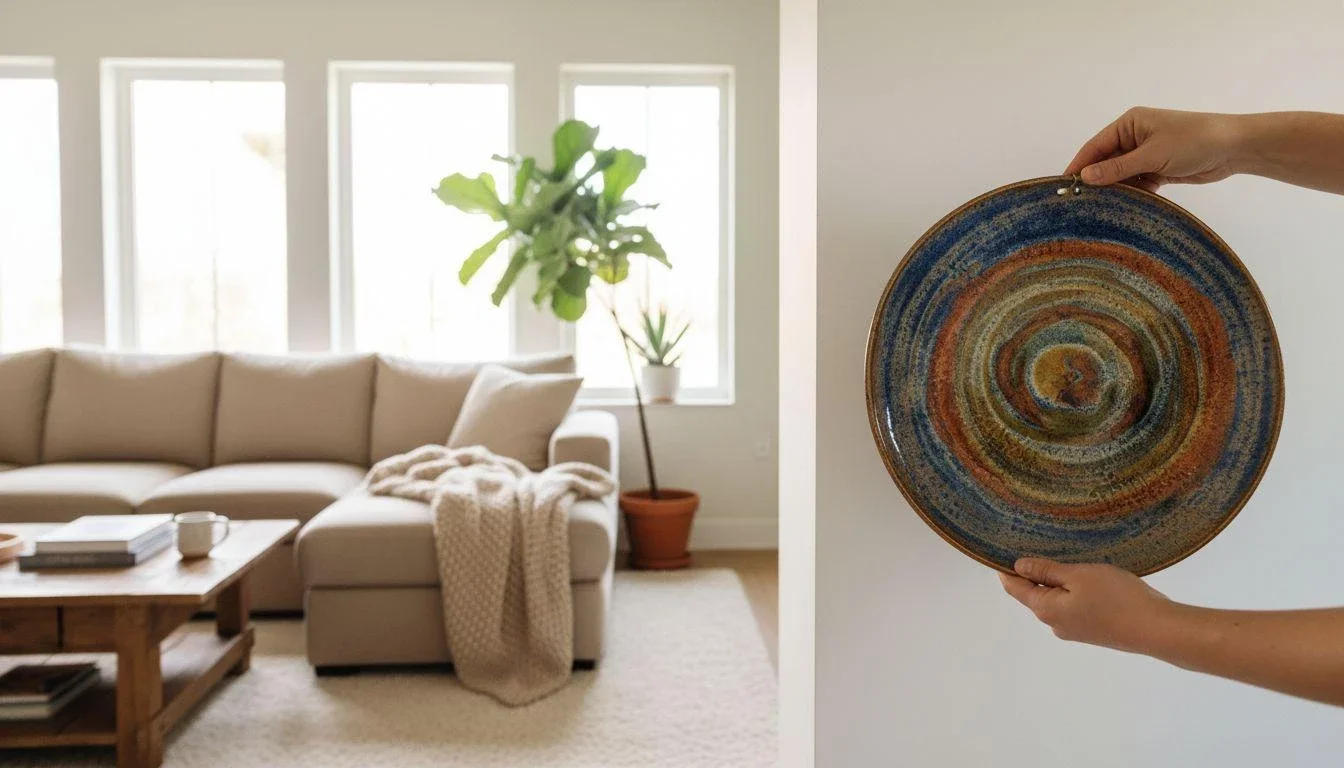
Wall Art & Home Decor
How to Hang Ceramic Art on Wall: Safe & Simple Tips

Wall Art & Home Decor
How to Pack Wall Art for Moving

Photo Books
How to Make a Travel Photo Book

Photo Books
How to Choose Photos for Your Wedding Album
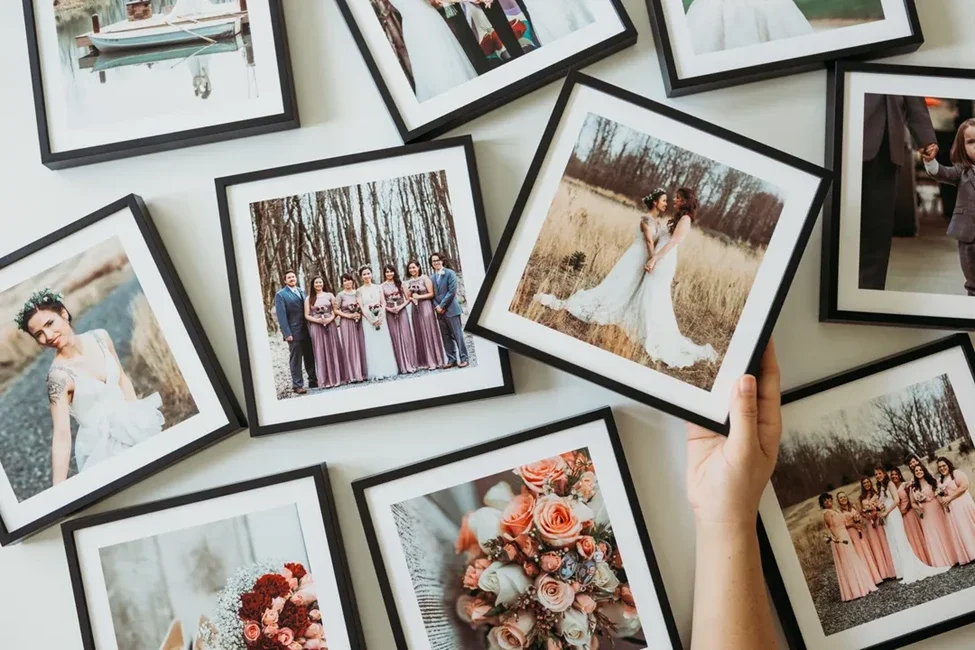
Wall Art & Home Decor
How to Choose Wall Art: Style Your Space with Ease

Wall Art & Home Decor
How to Hang Pictures with Sawtooth Hangers: A Simple, Foolproof Guide
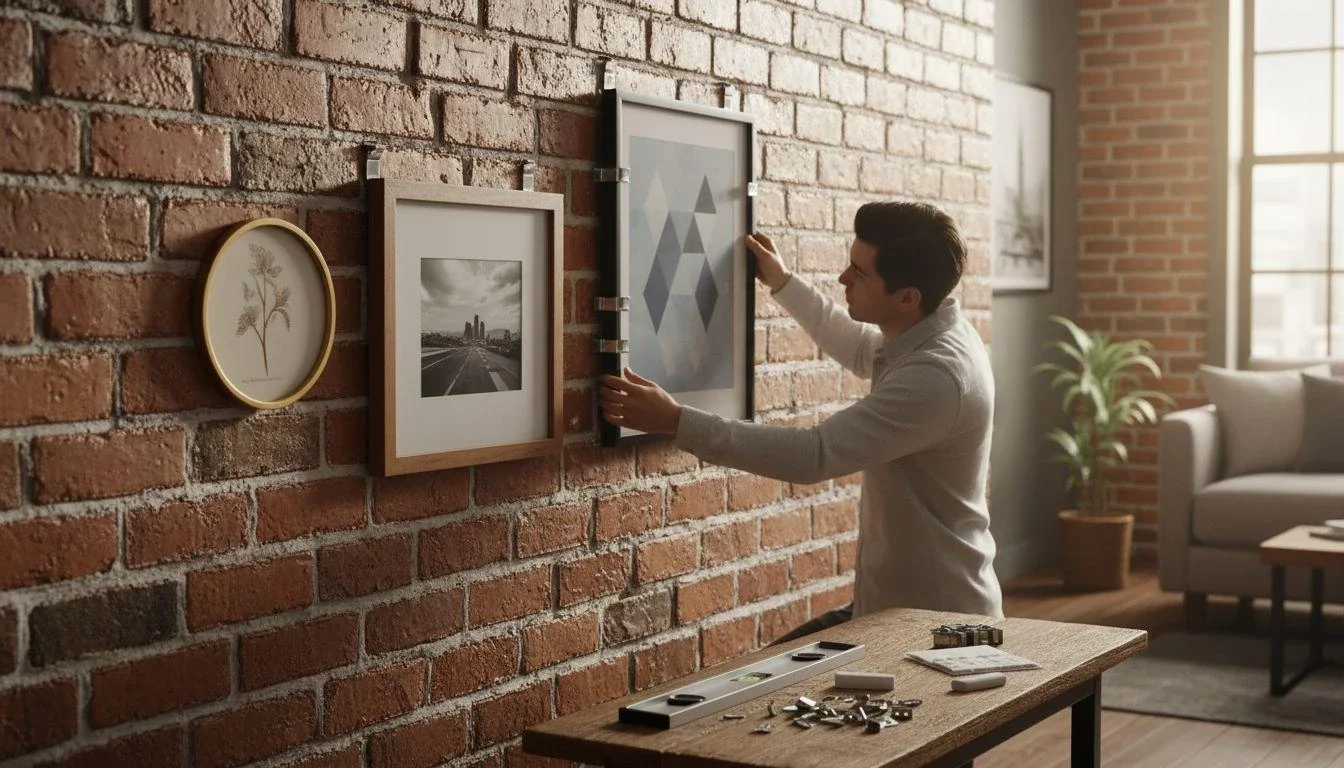
Wall Art & Home Decor
How to Hang Art on a Brick Wall: Renter-Friendly Tips

Wall Art & Home Decor
How to Remove Wall Art: Renter-Friendly Tips

Wall Art & Home Decor
How to Hang Metal Wall Art: A Simple Guide

Wall Art & Home Decor
Home Decor Quotes Ideas: Put Some Inspiration Into Your Walls Today

Wall Art & Home Decor
Transform Your Venue Marked by Unforgettable Moments

Wall Art & Home Decor
Rustic Home Decor Ideas: Create Your Cozy Gallery Wall in Minutes

Wall Art & Home Decor
Top Empty Wall Decor Ideas: Transform Your Space Today

Wall Art & Home Decor
Easter Home Decor Ideas: Refresh Your Space with Festive Photos

Wall Art & Home Decor
Above Bed Wall Decor Ideas: Transform Your Space Today

Wall Art & Home Decor
Slanted Wall Decor: Transform Angled Spaces with Ease

Wall Art & Home Decor
Home Decor Ideas for Small Homes: Maximize Your Space

Wall Art & Home Decor
Fireplace Wall Decor Ideas: Ignite Your Hearth Today

Wall Art & Home Decor
Entryway Wall Decor Ideas: Create a Splendid Welcoming Space

Wall Art & Home Decor
30 Living Room Accent Wall Decor Ideas: Spruce Up Your Space

Wall Art & Home Decor
Small Dining Room Wall Decor Ideas: Maximize Your Space

Wall Art & Home Decor
Corner Wall Art Ideas: Transform Awkward Nooks Today

Wall Art & Home Decor
DIY Large Wall Art: Budget-Friendly Ideas Without Damage

Wall Art & Home Decor
Wall Shelf Decor Ideas: Style Like a Designer Today

Wall Art & Home Decor
Tiny Home Decor: Smart Ideas for Every Inch of Space

Wall Art & Home Decor
Crochet Home Decor: Cozy DIY Ideas for Your Walls

Wall Art & Home Decor
Home Gym Decor Ideas: Our Picks for How to Motivate Your Space

Wall Art & Home Decor
Crochet Wall Decor: Cozy Ideas & Photo Pairing Tips

Wall Art & Home Decor
Coastal Home Decor Ideas: Our Breezy Tips for Home Refreshes

Wall Art & Home Decor
Above TV Wall Decor: Create a Stunning & Living Scenery to Enjoy

Wall Art & Home Decor
1950s Home Decor: Achieve the Mid-Century Vibe Today

Wall Art & Home Decor
Bohemian Home Decor Ideas: Create Your Dream Space

Wall Art & Home Decor
Top Personal Photo Gift Ideas: Thoughtful & Unique Options for Every Home
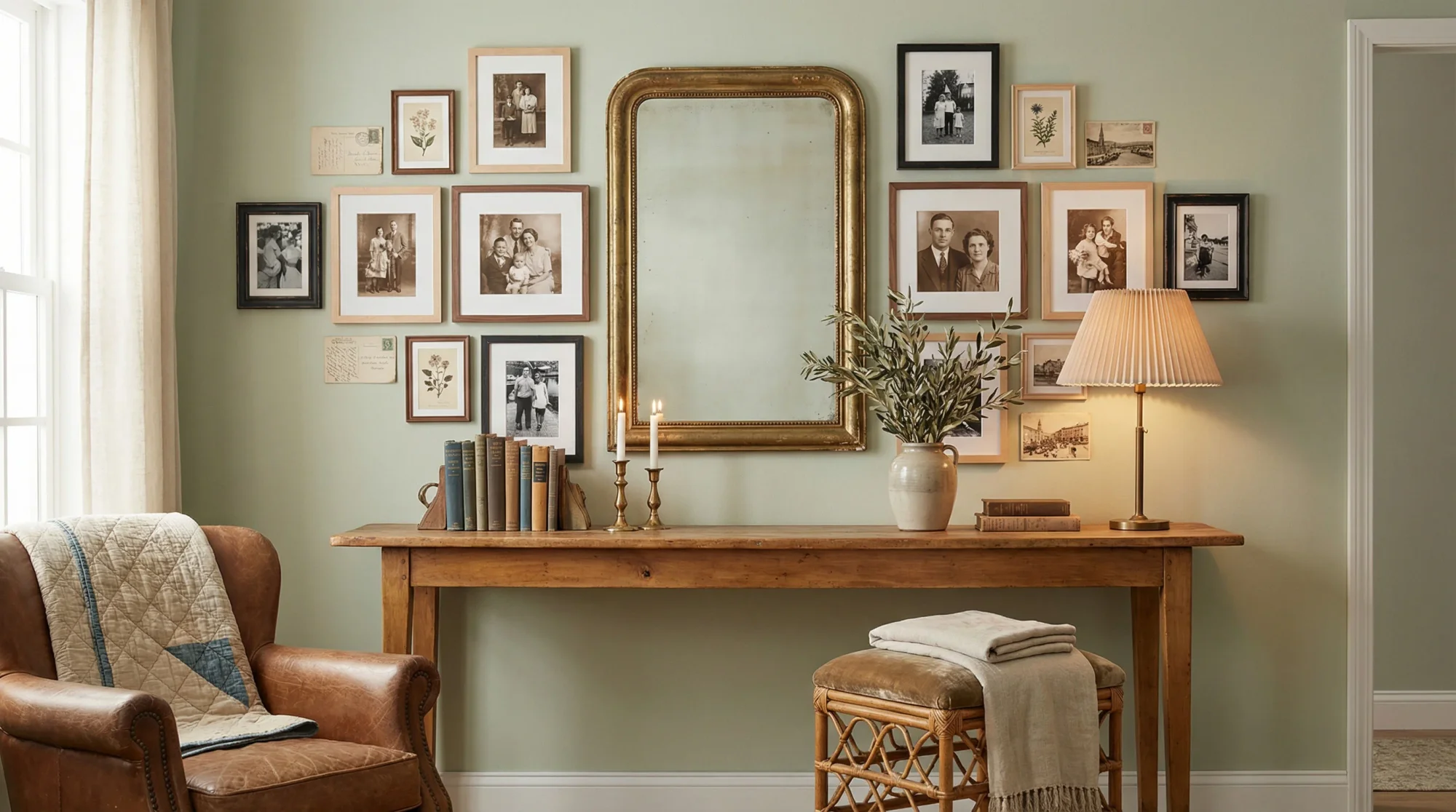
Wall Art & Home Decor
Vintage Home Decor Ideas: Our Top Picks for Adding Household Character

Wall Art & Home Decor
1930s Home Decor: Bring Art Deco Glamour Home Today

Wall Art & Home Decor
Home Decor on a Budget: Getting More Done With Less

Wall Art & Home Decor
Outdoor Wall Decor Ideas: Level Up With Your Exterior Space Today

Wall Art & Home Decor
Wooden Wall Decor Ideas: Cozy & Renter-Friendly Styles

Wall Art & Home Decor
Current Trending Home Decor: Spruce Some New Life Into Your Space

Wall Art & Home Decor
Tall Wall Decor Ideas: Elevate The Look of Your High Ceilings
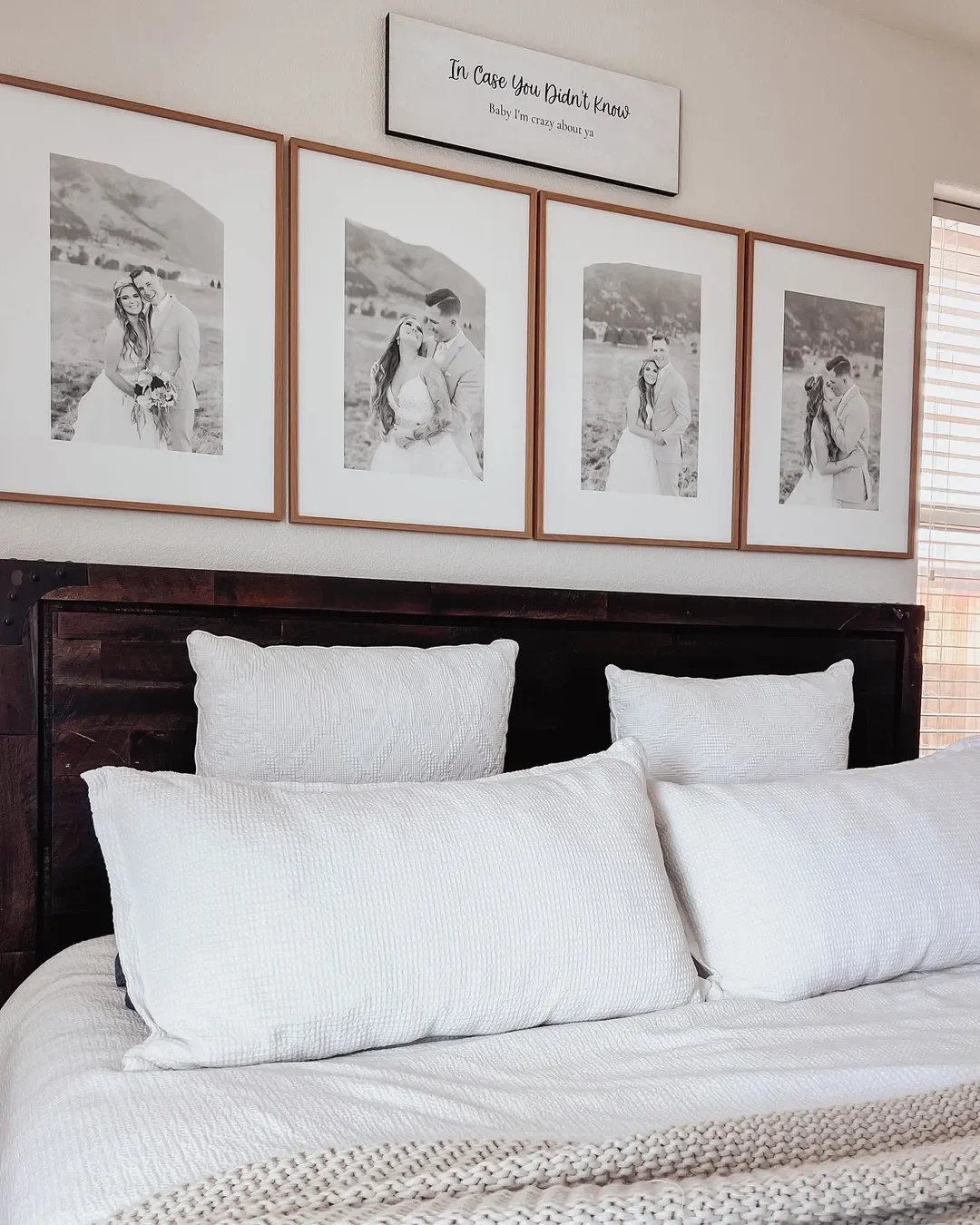
Wall Art & Home Decor
Modern Home Decor Ideas: Refresh Your Space Effortlessly

Wall Art & Home Decor
25 Different Types of Home Decor Styles: Find Your Perfect Look

Wall Art & Home Decor
1970s Home Decor: Bring Retro Style to Your Walls

Wall Art & Home Decor
Brick Wall Art: Renter-Friendly Photo Decor Ideas

Wall Art & Home Decor
1990s Home Decor: Revive Your Walls with Nostalgia

Wall Art & Home Decor
Big Wall Decor Ideas: Transform Your Space with Style

Wall Art & Home Decor
Behind the Couch Wall Decor: Smart Layouts & Ideas

Wall Art & Home Decor
1960s Home Decor: Create a Retro Picture Wall Today
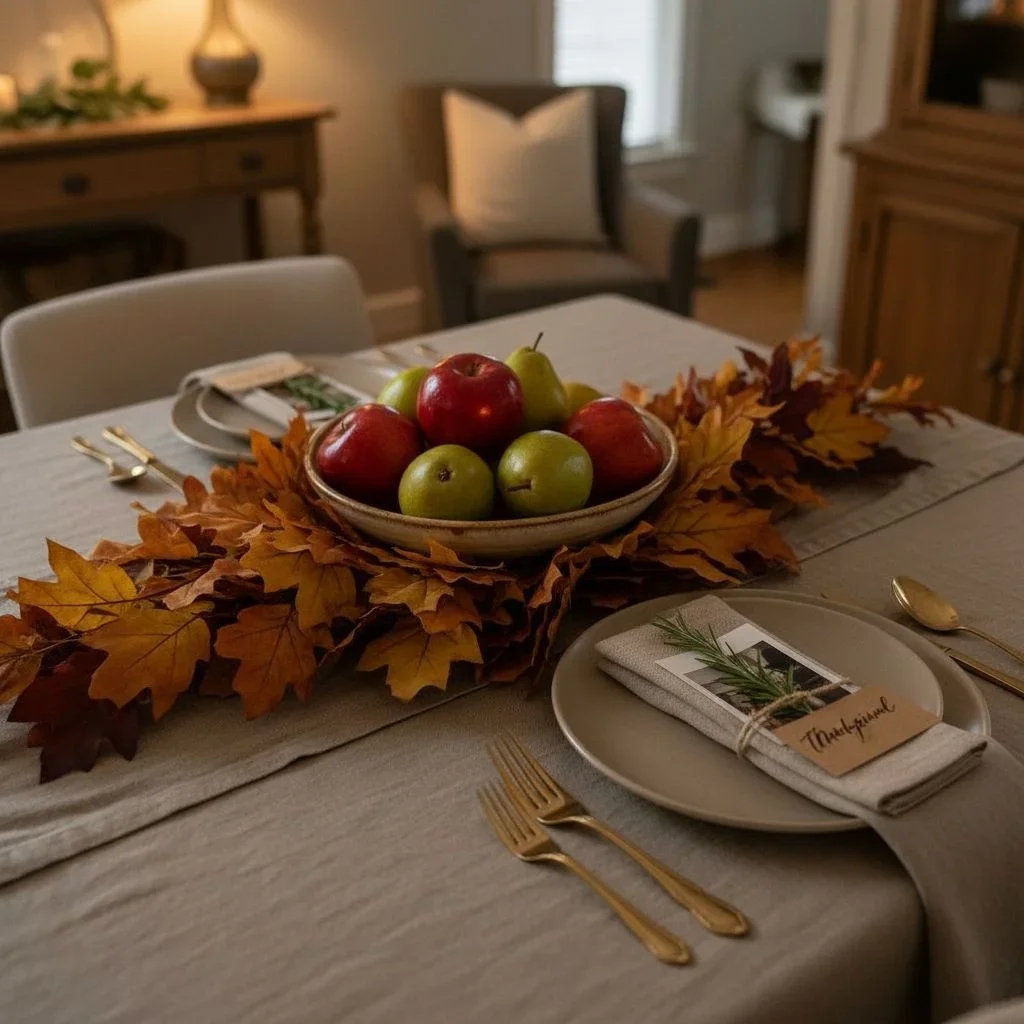
Wall Art & Home Decor
Thanksgiving Home Decor Ideas: Create a Spirited & Cozy Space

Wall Art & Home Decor
Cottage Home Decor Ideas: Cozy, Nail-Free Charm Awaits

Wall Art & Home Decor
Wall Decor Ideas for Office: Boost Culture & Focus With Our Suggestions

Wall Art & Home Decor
Winter Home Decor Ideas: Cozy Up Your Space Today

Wall Art & Home Decor
Transitional Home Decor: Blend Classic & Modern Styles

Wall Art & Home Decor
Traditional Home Decor: Create Timeless Elegance Today

Wall Art & Home Decor
Fall Home Decor Ideas: Transform Your Home With Ease

Wall Art & Home Decor
Above Couch Wall Decor: Perfect Sizing & Layout Tips

Wall Art & Home Decor
1980s Home Decor Ideas: Build a Bold, Retro-Cool Picture Wall

Wall Art & Home Decor
Christmas Home Decor Ideas: Usher in the Holiday Spirit Today!

Wall Art & Home Decor
Home Office Decor Ideas: Design a Productive & Stylish Workspace

Wall Art & Home Decor
Large Living Room Wall Decor Ideas: Best & Stylish Ways to Fill Big Walls

Wall Art & Home Decor
TV Wall Decor: Top Ideas to Elevate Your Household Style
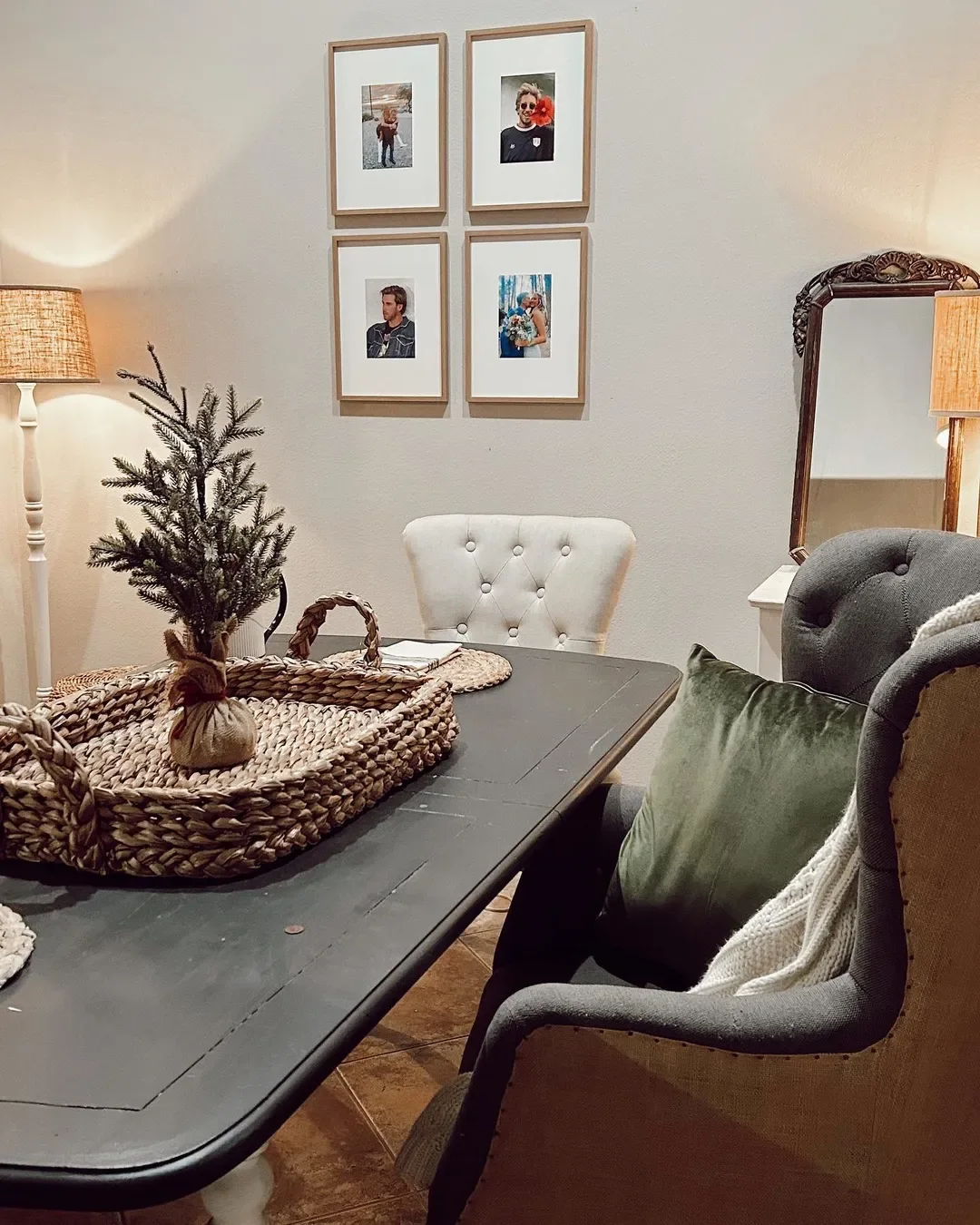
Wall Art & Home Decor
DIY Wall Art: 9 Easily Doable Ideas to Transform Your Desired Space

Wall Art & Home Decor
Nancy Meyers Home Decor: Create Cozy, Collected Spaces

Wall Art & Home Decor
Valentine's Home Decor Ideas: Create a Romantic Space

Wall Art & Home Decor
Minimalist Home Decor: Create a Warm and Personalized Space

Wall Art & Home Decor
Staircase Wall Decor Ideas: Transform Your Space Today

Wall Art & Home Decor
Eclectic Home Decor: How to Make Tasteful and Intentional Space

Wall Art & Home Decor
Bathroom Wall Decor Ideas to Reinvigorate Your Space

Wall Art & Home Decor
Dining Room Wall Decor Ideas: Creative Ways to Liven up Your Space

Wall Art & Home Decor
DIY Home Decor: Weekend-Ready, Renter-Friendly Ideas for Those Looking to Do the Work By Themselves
